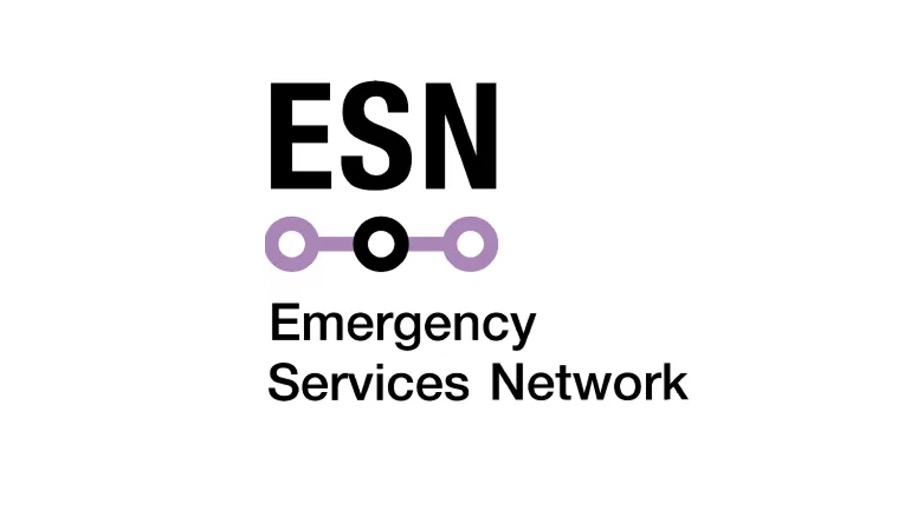
United Kingdom (UK) public safety could begin transitioning mission-critical voice communications from the legacy Airwave TETRA system to the LTE-based Emergency Services Network (ESN) within three years, and initial trials may start during the second half of this year, according to a UK Home Office official.
United Kingdom (UK) public safety could begin transitioning mission-critical voice communications from the legacy Airwave TETRA system to the LTE-based Emergency Services Network (ESN) within three years, and initial trials may start during the second half of this year, according to a UK Home Office official.
John Black, the program director leading the development of the ESN, said there is a “real positive buzz” about the ESN initiative after the Home Office announced key long-term contracts with UK mobile operator EE and a consortium led by IBM, which is replacing Motorola Solutions as the user-services vendor.
“That was hugely significant, because it puts us back on the train to deliver with the MCX [mission-critical push-to-X] solution,” Black said last week at the British APCO (BAPCO) event, according to a recording provided to Urgent Communications.
There has discussion about progress in the development of the ESN for more than a decade, but most potential users have not been allowed to experience ESN broadband services—even on a trial basis—in the past. That will change in the near future, according to Black.
“We hope to have the earliest version of the MCX running over the EE network—with handsets you can use—in the second half of this year,” Black said. “That will not have full resilience, priority and preemption, but it will be enough for users to start to get a feel of what is this new application look like, how does it behave, and just get some familiarity.
“Later on through that period, we will be introducing the first data service and then continuing to enhance the voice service and bringing it into the to work on the ESN data service. So, we expect how certainly a data service in some form ready well before the full voice-service ready [phase is completed].”
Black said the Home Office does not yet have an “integrated plan” aligning the EE and IBM-led contractors, but it hopes to have one by the end of May. When that is in place, the primary goal will be to reach a “full voice service ready” stage of development, he said.
“Basically that means that is the point at which we think the network, the infrastructure, the application service model is ready to go for the start of mass transition [from Airwave to ESN],” Black said. “And our first short-term goal is to build a plan that gets us to that point.
“At the moment, it looks like we'll be at that point around the end of 2027, possibly into the early months of 2028. That’s where we're working intensively at the moment. to be much clearer on where that milestone is.”
Initially, the plan will focus on “building stuff and testing it rigorously,” Black said. The following phase will be the actual transition of public-safety users from Airwave to ESN.
“Our target is to have that complete, so that we … are able to close off the Airwave contract, by the end of 2029,” Black said.
UK Home officials are hopeful that the BT Group—the parent company of EE—and the IBM-led user-services consortirum will deliver better results to the ESN initiative than have been realized to date. The ESN project is significantly over budget and behind schedule, based on the original vision for the public-safety broadband network.
The LTE-based ESN initially was supposed to replace the Airwave TETRA system as the mission-critical network for UK first responders in 2019, but UK officials now do not expect the transition to happen until the end of the decade, although a firm date has not been provided.
To enable this transition from Airwave, ESN service needs to support mission-critical push-to-talk communications, like the Airwave TETRA network does today for UK first-responder agencies. This functionality originally was supposed to be provided by Motorola Solutions, but the public-safety vendor giant in November 2022 announced it would depart the ESN initiative.
Motorola Solutions actually told Home Office officials of the company’s plans to exit the ESN project in November 2021 amid a Competition and Markets Authority (CMA) investigation that initially threatened to force Motorola Solutions to divest its ownership of the Airwave system—a potential remedy that did not happen—according to statements cited before a Parliament committee reviewing the ESN initiative years ago.
